A new project, just a few pics
firefightergardener
15 years ago
Related Stories
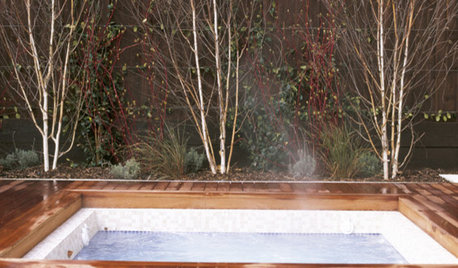
DREAM SPACESJust a Few Things for the Dream-Home Wish List
A sunken hot tub, dedicated game room, tree house, hidden wine cellar and more. Which of these home luxuries would you like best?
Full Story
INSIDE HOUZZInside Houzz: The Right Kitchen Counters in Just a Few Clicks
Concrete kitchen countertops eluded this Pennsylvania homeowner until she turned to Houzz
Full Story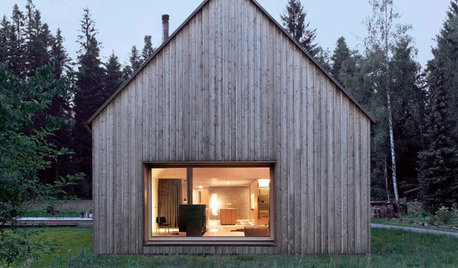
MOST POPULARA Few Words on the Power of Simplicity
An architect considers a pared-down approach to modern home design
Full Story
COFFEE WITH AN ARCHITECTA Few Things I Would Like to Ask Frank Lloyd Wright
It could take a lifetime to understand Frank Lloyd Wright's work — less if we had answers to a few simple questions
Full Story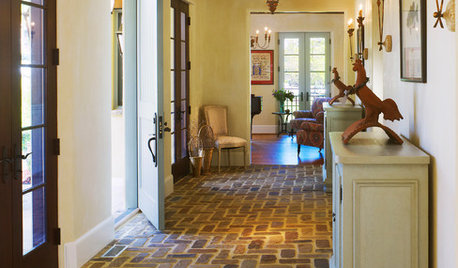
FEEL-GOOD HOMEEmbrace a Few Beautifully Weathered Surfaces for a Happy, Durable Home
You don’t need to worry so much about scuff marks and dings when you accept the character and beauty of wear
Full Story
ORGANIZINGDo It for the Kids! A Few Routines Help a Home Run More Smoothly
Not a Naturally Organized person? These tips can help you tackle the onslaught of papers, meals, laundry — and even help you find your keys
Full Story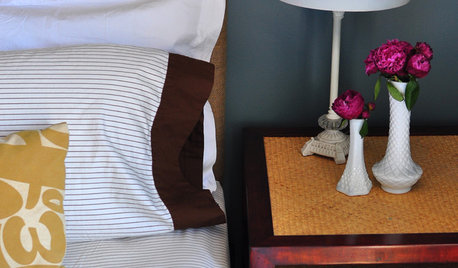
Call for DIY Projects: Show Us What You've Got!
Share a Pic of Your Handiwork with the Houzz Community
Full Story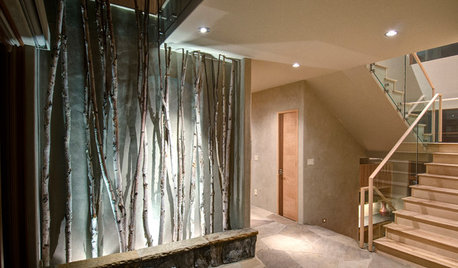
DECORATING GUIDESBranches and Twigs for More Than Just Decor
Think beyond the vase with twigged-out railings, gates, room dividers and more
Full Story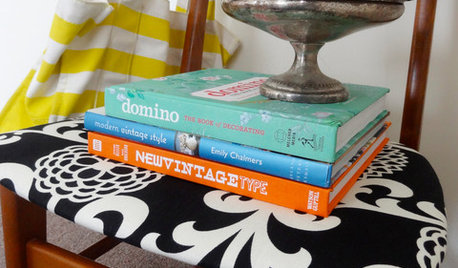
DECORATING PROJECTSQuick Fix: Reupholster a Chair Seat
Take a chair from drab to fab, no sewing or special skills required, in just a few simple steps
Full Story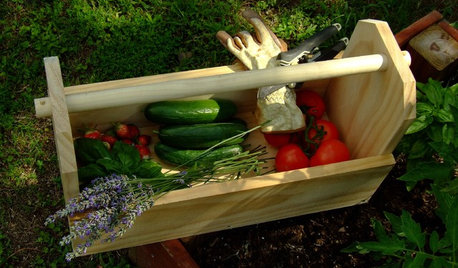
DIY PROJECTSNeat Little Project: Make a Simple Garden Tote
Build a handy harvest helper with just a few pieces of wood and some common tools
Full StorySponsored






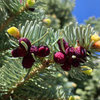
dcsteg
sequoia_stiffy
Related Discussions
Just A Few Pics From Barerooting .. To Containers.
Q
Just A Few Jungle...er...a...Yard Pics...
Q
A few things I just finished making, and one oldie (4 pics)
Q
Just a few Before/Afters of our 1905 Colonial Cottage PICS
Q
wisconsitom
barbaraincalif
tunilla
ken_adrian Adrian MI cold Z5
Embothrium
firefightergardenerOriginal Author
dcsteg
firefightergardenerOriginal Author
tunilla
tsugajunkie z5 SE WI ♱
toucanjoe
tsugajunkie z5 SE WI ♱
toucanjoe
toucanjoe
Embothrium
dcsteg
toucanjoe
toucanjoe
firefightergardenerOriginal Author
nwconifergarden
ken_adrian Adrian MI cold Z5
firefightergardenerOriginal Author
stevemy
toucanjoe
wisconsitom
firefightergardenerOriginal Author
Embothrium
barbaraincalif
ken_adrian Adrian MI cold Z5
Pamchesbay
tunilla
karinl
firefightergardenerOriginal Author
gardener365
barbaraincalif
firefightergardenerOriginal Author
bluespruce53
dcsteg
gardener365